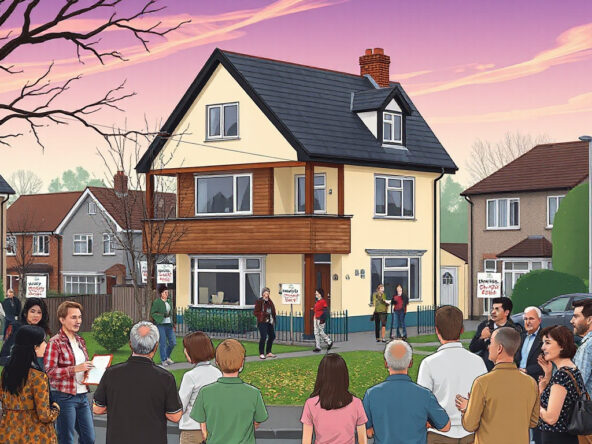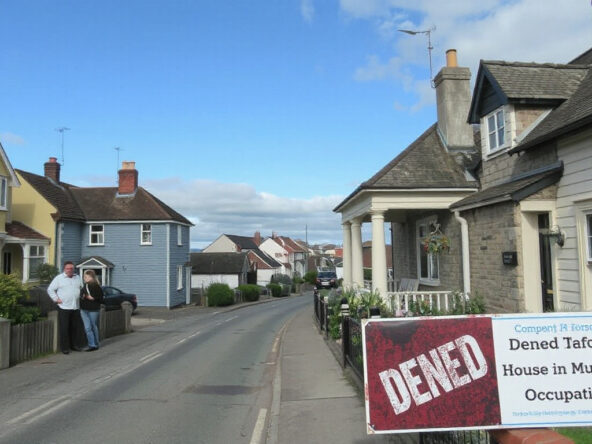Concerns Rise Over HMO Developments in Surrey Neighbourhoods
Residents in a Surrey suburb show fear. Houses now serve several unrelated people. Neighbours point to Hounslow as an example. They worry their street may soon change the same way.
What is Driving the Concern?
Richard Evans, 60, of Sunbury, speaks up. He hears the house next door will soon host six residents. His heart pounds with stress and worry. His words join a talk of community ties, home costs, and safe public spaces.
Many see these homes as a shared way to live. Students, young workers, or low-income earners find that sharing lowers their rents. Yet the growth of such homes makes locals upset. They see more cars, weak local services, and a changing spirit in their area.
The Framework of HMO Regulations
In the United Kingdom, a home with five or more people needs an HMO license. When six or more share a home, written permission is needed. Locals feel that they are ignored as these changes go ahead. "They build these places without proper planning and we cannot stop it," Evans said. His words show his sense of powerlessness.
As more of these homes appear, residents fear issues. They worry about a lack of parking and bad behaviour. In Evans’ case, he doubts that a small, two-bedroom house fits six people well.
Community Responses and Political Action
Councillor Harry Boparai tells his story. He sees that many such homes weaken the local tie. He recalls Hounslow where the many shared homes join with rude acts and a drop in local care.
In some parts of Spelthorne, like Staines North, Ashford North, and Stanwell, extra planning rules now count. These places need extra approval for homes that host up to six people. But many areas, including Evans’ Sunbury, do not have these steps and are at risk.
Spelthorne Borough Council counts about 150 licensed HMOs. They suspect 70 more homes do not hold a permit. From October 2023 to September 2024, there were 22 formal complaints. Still, council members now check if firmer rules make sense.
The Dual Perspectives
Residents like Richard Evans and his sister feel dismay as their area changes. Some landlords stand against extra rules. They say that strict steps can hurt the local work and rent market. A landlord explains that a person with a £20,000 to £25,000 yearly income may only manage about £700 to £800 a month after paying bills.
This divide pits local worries about safety and life quality against the need for shared homes in tough economic times.
Conclusion
The Spelthorne Borough Council will meet in January 2025 to review the rules. Until then, residents like Richard Evans feel anxious about how their street will change. The issue shows a wider city problem—finding a way to provide affordable homes while keeping the local feel intact. Homes must support living needs without breaking the close bond of the neighbourhood.
Sources
- Surrey Live: Neighbours scared Surrey street will ‘go the same way as Hounslow’ because of rise of HMO house shares
- Spelthorne Borough Council: Houses in Multiple Occupation Guidelines
- UK Government: Houses in Multiple Occupation (HMOs)
Disclaimer: This article has been generated by AI based on the latest news from Google News sources. While we strive for accuracy, we recommend verifying key details from official reports.



